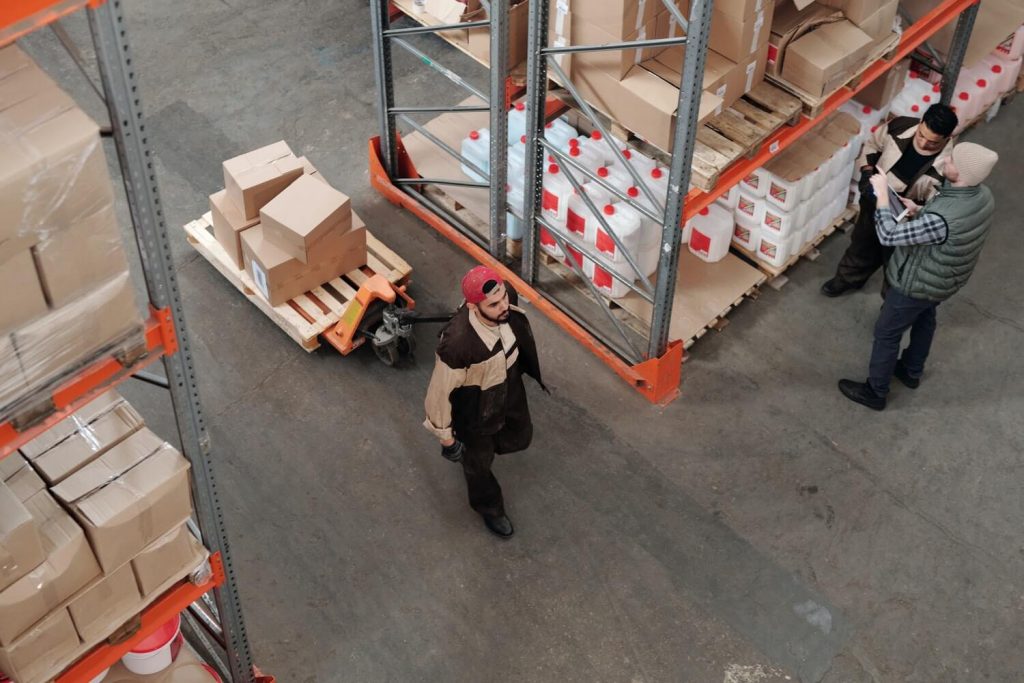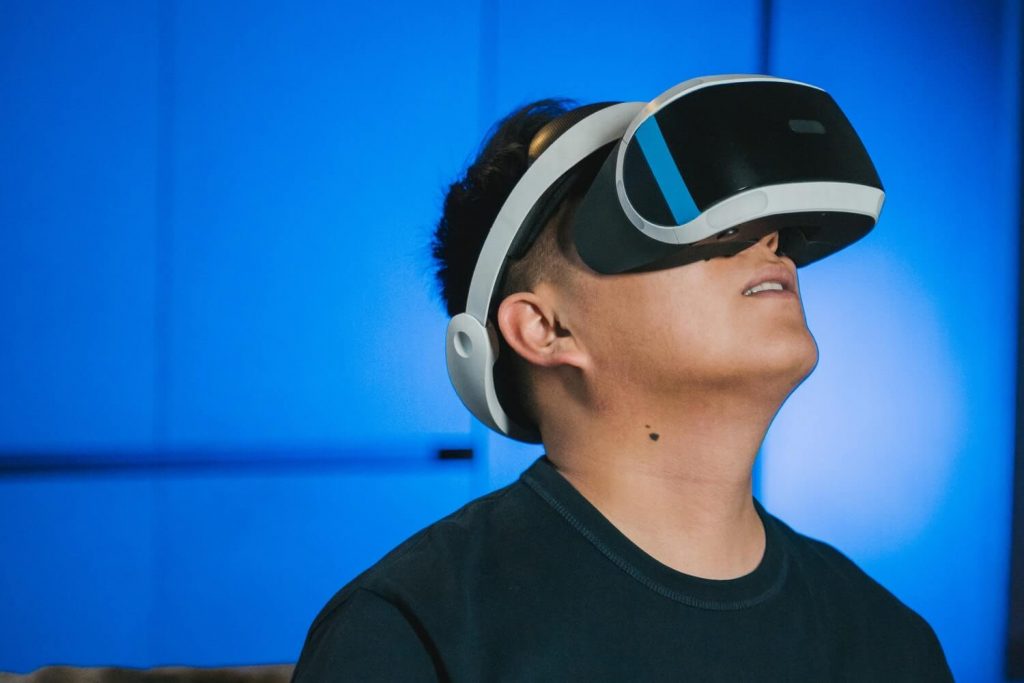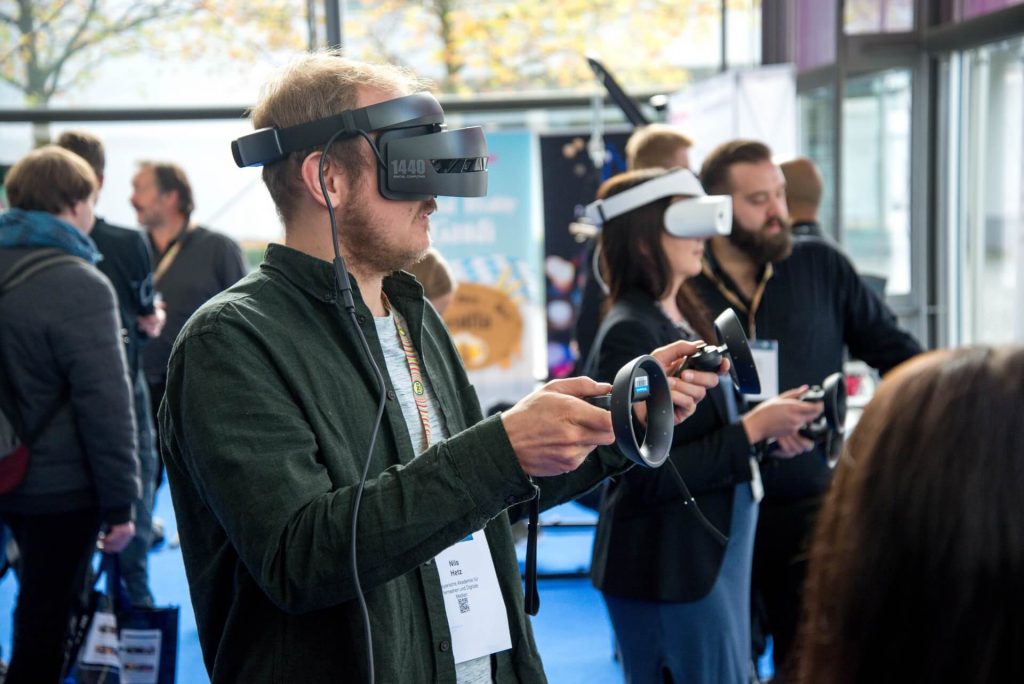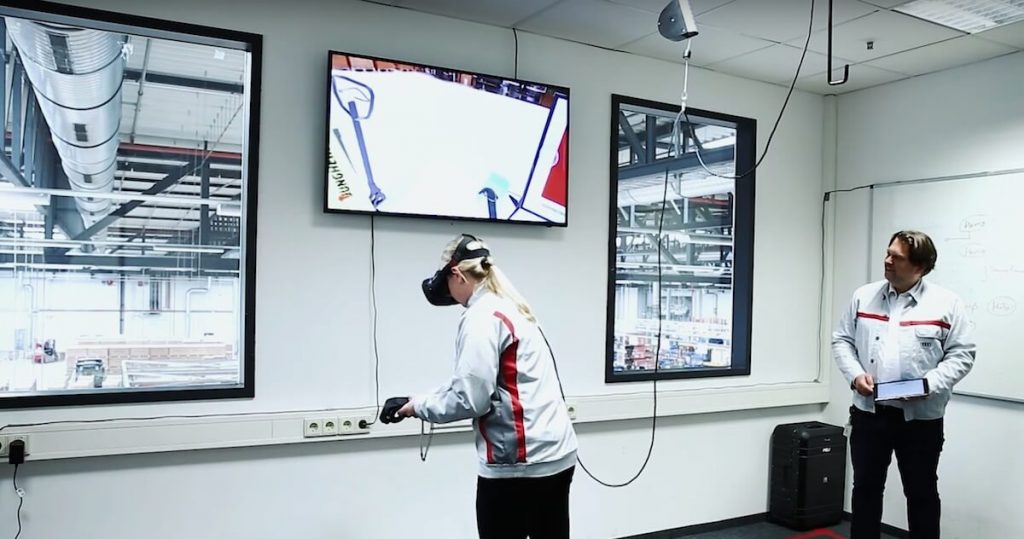Virtual Reality has impacted corporate training in numerous ways. The coronavirus pandemic has brought the need to remotely train workers to the forefront of employee training. Complex VR systems allow workers to be trained, tested, and graded without the need for another person to be physically present. We will look at just how virtual reality is changing UPS employee training and how the delivery service is handling its digital transformation.
Specific challenges that UPS faces
In the last several years, we have seen many companies express interest in VR training solutions. The fact that America’s largest delivery company – UPS, has been using digital technology in their supply chain for years comes as no surprise. Their delivery drivers have been using handheld devices since the ’80s. The technology they have been using has only gotten more sophisticated over time. Recently, UPS has been internally developing its own software suited to handling specific elements of employee training. They are using Virtual and Augmented Reality training programs powered by HTC Vive headsets.
Unlike other companies, there are some specific challenges that UPS faces when training their employees:
- Dynamic work setting. UPS drivers frequently find themselves in different surroundings. Their training needs to prepare them for a constantly changing work setting.
- Complex situations. Employees will face situations with many variables that all need to be accounted for. Drivers can be facing delivery routes with multiple vehicles or pedestrians of which they need to be aware. Such situations are hard to tackle in theory alone. Most of those demanding situations are also going to be time-sensitive, only adding to the pressure and complexity of the task.
- Potentially dangerous work conditions. Harsh weather and hazardous road conditions can endanger the safety and lives of UPS employees, as well as other members of the public.

How UPS is using Virtual Reality in their training programs
Companies worldwide are constantly exploring new technologies that can help them better handle the issues of everyday business operations. Running realistic simulations once required expensive hardware, and therefore, VR wasn’t widely adopted. With recent advances, Virtual Reality has become more accessible and is now commonly employed in corporate training. The delivery service industry was always quick to embrace new technologies, and it’s interesting to see how Virtual Reality is changing UPS employee training.
UPS uses Virtual Reality to train employees in two main ways:
- VR to train students and employees how to react to situations on the road
Employees can quickly assess complex situations and offer a real-time response that can be measured and analyzed. Real-world situations can be simulated and interacted with while posing no danger to the trainee or other drivers and pedestrians. Simulated environments have heads-up displays that contain checkboxes reminding trainees to perform all the necessary tasks. Of course, some aspects of their training need to be completed on the field in order to get employees fully prepared for safety measures on the road.
- VR is also used to train workers who are employed inside UPS sorting facilities
UPS initially expressed an interest in Virtual Reality and Augmented Reality systems just to train their drivers. These training solutions proved to be successful, so UPS explored additional options of integrating VR into other training programs. The company has used digital technologies to transform its entire supply chain logistics and training protocols. Virtual Reality is changing UPS employee training and is now being used for indoor work positions within sporting facilities.
The software can simulate different types of packages that need to be individually sorted. Employees that handle packages can learn about potential problems related to parcels of different weights and sizes. Trainees can explore virtually simulated conveyor belts with moving packages. The virtual packages even have labels that can be checked to see if they are correctly tagged. Trainees can inspect packages to see if they are open or if they need to be removed from the conveyor belt.
How workers are reacting to Virtual Reality training
VR training has proven to be an engaging and exciting experience, as is often the case with newer technology. Most employees are reacting positively to Virtual Reality training programs. A significant benefit of VR is that the controls and interface are intuitive and take very little time to adapt to. Most companies were previously skeptical about teaching their employees to use platforms that were only used for training. That felt like a waste of time to both the employees and the companies.

Since starting its Virtual Reality training program in 2017, UPS has achieved remarkable results. Those programs are now being used in all of their domestic training sites. Employees find it more practical being able to learn in scenarios that resemble their real-world counterparts. Getting worker feedback regarding VR training programs is essential. It is necessary to make workers feel appreciated and satisfied with their jobs, but there is also another benefit. Employees can also provide valuable insight into how well their training matched up to the actual work they were later required to perform. Building employee trust creates a powerful feedback loop that is valuable for testing and implementing new technologies.
What comes next for UPS employee training programs?
UPS has always been proactive about exploring and adapting new technologies into their training programs. It is evident that Virtual Reality is changing UPS employee training, but another thing to note is that the digital transformation is far from over. VR training has allowed them to develop a repeatable and consistent training program that is highly reliable and achieves exceptional results. UPS engineers can iterate on the design and keep growing and improving on it. This allows for fairness and objectivity in employee training.
While some are excitedly waiting to see what the future will bring, UPS seems intent on making its vision a reality. UPS has more than half a million workers worldwide and considers their employees to be their most valuable asset. Finding a training program that improves the employee experience was a top priority. They are developing new Virtual Reality training programs for other positions within the UPS supply chain. The simple truth is that people learn faster in a VR environment and are excited to do so.





